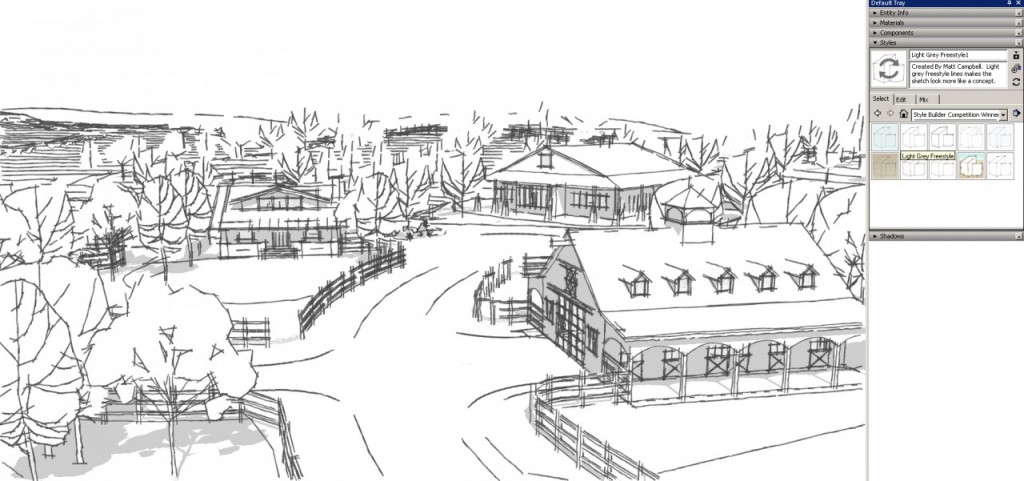


The following steps reflect the general process you need to follow in any image editor: The steps for editing your strokes vary, depending on what image editor you use. Draw the strokes so they’re as straight as possible.For example, if you have 5 sets with the 3 strokes per set, you’d draw strokes of 5 different lengths and draw at least 3 strokes for each length, as shown in the following figure. Draw strokes of varying lengths that reflect the lengths and strokes per set in your template.For example, if your template has the recommended 5 stroke sets with 3 strokes per set, you need to draw 15 strokes. Create at least as many strokes as you have in your template.Here a few tips for drawing your strokes: That’s why it’s recommended that you draw the strokes first, edit them, and then paste them to the confines of the template boxes.

Generally, it’s hard to create a good, natural stroke when you’re confined to the template boxes. Tip: You might wonder why you don’t simply draw your strokes directly in the template. To generate your template, follow these steps: A Style Builder template is a PNG file that contains drawing fields for every stroke in your style. Ready to start drawing strokes for your sketchy edge style? As mentioned at the beginning of this article, the typical first step is to generate a template. If you zoom out, SketchUp accommodates the new view by replacing Stroke C with Stroke B, and Stroke B with Stroke A, as shown in the following figure. When an edge doesn’t exactly match a stroke length, SketchUp stretches or shrinks a stroke to fit the edge. When the strokes are applied to the model, as shown in the following figure, notice how Stroke C, the longest stroke, is used along the longest edges in a model, whereas a shorter stroke length, Stroke B, is applied to shorter edges. The strokes in the following figure were created to illustrate how this matching process works. The slight variation of strokes in each set makes your models look hand-drawn, as shown in the following figure.īehind the scenes, when applying strokes, SketchUp matches the appropriate stroke length with each edge in a model. Five or more stroke sets grouped into the following lengths: 32, 64, 128, 256, and 512 pixels.Įach stroke is a grayscale image, and when you apply a sketchy edge style to a SketchUp model, a stroke image is painted on top of the model’s vector edges.Tip: Sketchy edge styles that look truly hand-drawn have When you’re done setting up your strokes in the template, you can import the template as a stroke library in Style Builder. The following sections walk you through the details of each step. Transfer the strokes from the image editor into the template.Although the pen-and-paper method is more tedious than drawing digitally, the results you get with pen and paper produce a more unique line drawing. Or you can draw strokes on pen and paper and scan the strokes into an image editor. You can draw strokes digitally in an image editor, using a pen and tablet if you have them. This template contains fields for the exact number and size of strokes for your style. Generate a style template in Style Builder.To draw your own strokes based on a template, here’s an overview of what you need to do: Although you can save these files in a folder and import the folder, copying your strokes into a template and then importing the template into Style Builder is easier - and the more common method. To draw strokes for a sketchy edge style, you create individual files of each stroke.


 0 kommentar(er)
0 kommentar(er)
